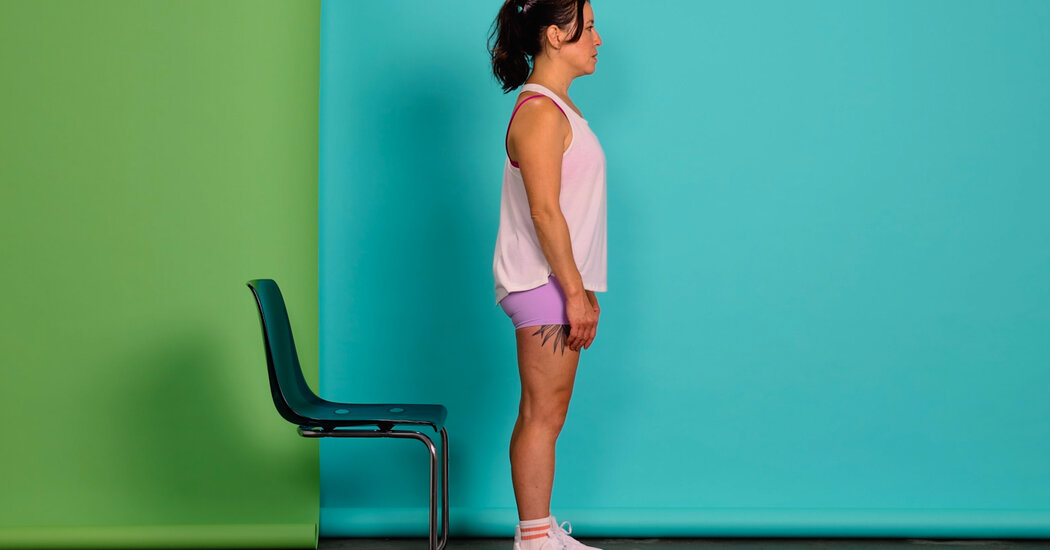Most exercise scientists today say the squat is one of the most beneficial exercises you can do as you age. Just think about all the ways we squat throughout the day: grabbing dish soap from under the sink, crouching to hug your children and even sitting down on the toilet.
“We probably do hundreds of squats a day,” said Christopher M. Powers, a professor of physical therapy at the University of Southern California. Some even say it’s fundamental to how we move.
But what if you suffer from chronic knee pain and the thought of squatting makes you wince? Can you still do the exercise safely?
It turns out, most people can effectively squat while navigating all sorts of issues, like kneecap pain, arthritis, meniscus tears, ligament and tendon strains and postoperative recovery, said Jarlo Ilano, a physical therapist in Seattle.
The key, he said, is to find ways to adjust your form that take stress off the knees, then to gradually get stronger and rely on those adjustments less. A recent research review, for example, found several adjustments that can decrease knee pain for people struggling with arthritis and recent A.C.L. damage.
Finding the right adjustments may take some trial and error. For one person, simply squatting with a wider stance may provide relief; others might want a wider stance and an outward toe rotation. Try one adjustment at a time first, then see if some combination provides more relief.
